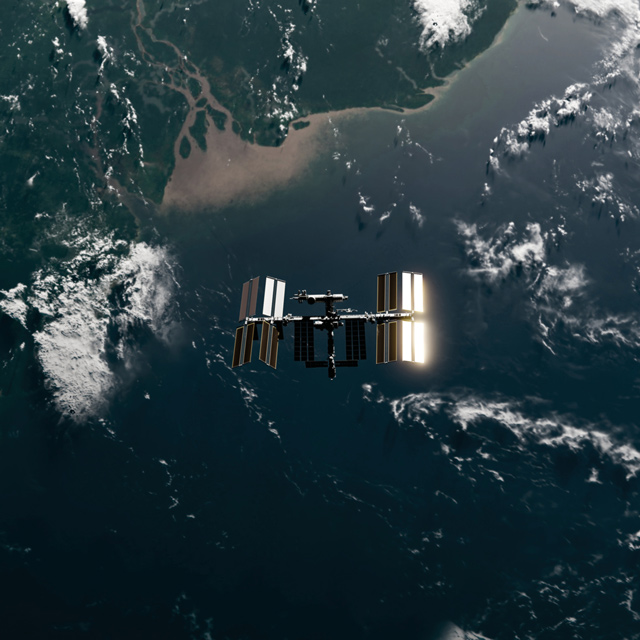

Emerging Powers vs. Sanction Fault Lines: Who Holds the Geopolitical Key?
The question of who holds the geopolitical key between emerging powers and sanction fault lines is complex and multifaceted. Both emerging powers and sanction fault lines play significant roles in shaping global politics, but their influence and impact differ in various ways.
Emerging powers refer to countries that are experiencing rapid economic growth and increasing political influence on the global stage. These nations, including China, India, Brazil, and Russia, have emerged as major players in international affairs, challenging the dominance of traditional powers like the United States and European countries.
One key aspect of the emerging powers' geopolitical key lies in their economic strength. For example, China has become the world's second-largest economy and a major trading partner for many countries. Its Belt and Road Initiative (BRI) has further expanded its economic influence by investing in infrastructure projects across Asia, Europe, and Africa. Similarly, India's economic growth has elevated its position as a regional power, while Brazil and Russia possess significant natural resources and have established themselves as major players in their respective regions.
These emerging powers also hold geopolitical key through their growing political influence. They have sought to reshape global institutions such as the United Nations and the World Trade Organization to better reflect their interests and aspirations. For instance, China has been pushing for reforms in international organizations to increase its influence and challenge the dominance of Western powers. Additionally, emerging powers have formed alliances and platforms like BRICS (Brazil, Russia, India, China, and South Africa) to strengthen their collective voice and promote their interests on the global stage.
On the other hand, sanction fault lines refer to geopolitical conflicts and tensions arising from the imposition of economic sanctions on certain countries. Sanctions are often used by powerful nations or groups of nations to exert pressure and influence on other countries, either for political, economic, or security reasons. Examples of sanction fault lines include the ongoing tensions between the United States and Iran, Russia, North Korea, and Venezuela.
Sanctions can have significant geopolitical consequences. They can isolate and weaken the targeted countries, disrupt global trade, and strain diplomatic relations between nations. However, sanction fault lines can also create opportunities for emerging powers to step in and fill the void left by sanctioned countries. For instance, when the United States imposed sanctions on Iran, China and Russia increased their economic ties with Iran, providing it with alternative markets and investment opportunities.
In summary, both emerging powers and sanction fault lines hold significant geopolitical keys, but their influence and impact differ in nature. Emerging powers leverage their economic strength and growing political influence to reshape global politics and challenge the dominance of traditional powers. On the other hand, sanction fault lines create geopolitical fault lines and tensions, which can both weaken and provide opportunities for emerging powers to exert their influence. It is important to analyze specific cases and contexts to fully understand the dynamics between emerging powers and sanction fault lines.
Related Posts
© 2025 Invastor. All Rights Reserved

User Comments